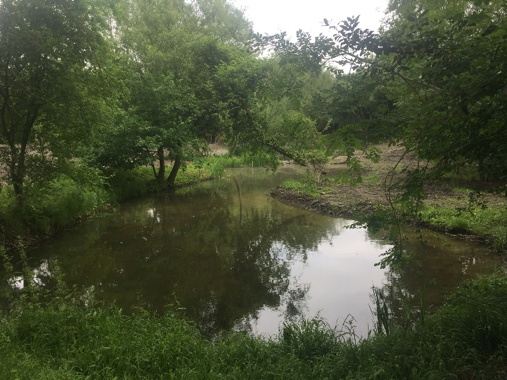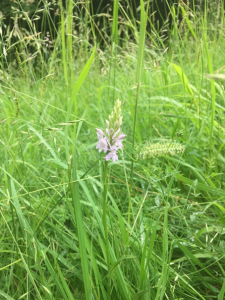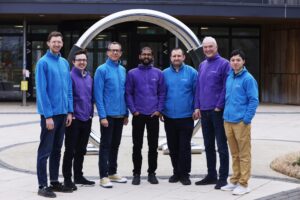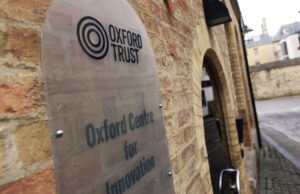Educating the future stewards of our planet
June 18, 2018

Oxford Green Week is a county-wide summer festival which uses culture, creativity and community to inspire local people to take action against climate change.
It’s a celebration of all things good and green in our city and aims to show local people how they can save money, get fit and be happy whilst being kind to the environment.
Oxford Green Week is all about getting people outside to appreciate and protect the environment; this is also one of the big drivers behind The Oxford Trust’s new Science Oxford Centre, currently being built at Stansfeld Park in Headington Quarry and due to open in September 2019.
The new centre will be the UK’s first indoor-outdoor education centre for children aged 4–12. Schools will be able to take part in workshops, get hands-on in the discovery zone, watch shows and explore the amazing outdoor space. When we took over the Stansfeld Park site in 2016, one of its huge selling points was its size and location: 15 acres of woodland, ponds and grassland that sit nestled within the Oxford Eastern By-pass. In recent years, the site had rather fallen into disrepair but, with our opening date next year firmly in mind and in the knowledge that children will love this exciting woodland environment, we have started on an ambitious programme of work to reverse this neglect.
Due to sheer scale of the outdoor space, we have had to identify and focus on rejuvenation tasks that will open it up ready for our visiting children next year. One of the first areas to be targeted were our ponds, which are now almost unrecognisable from when we first began (see above photo). Once the Science Oxford Centre development is completed, we will be able to use water from the building’s roof to supplement the ponds. To reduce pulsed flows and remove any particulates, the water first discharges into a settlement wetland. Later this year, the ponds will have access pathways and pond-dipping platforms added, to allow the fascinating aquatic ecology to be investigated and enjoyed by our visitors for years to come.
After lots of hard work to cut back overgrown vegetation in the woodland, we are now in the process of planting native wildflower and grass seed to provide summer colour and a valuable source of pollen and nectar for a host of invertebrates, and the birds and bats that feed upon them. We’ve also been working on existing areas of grassland within the site and we recorded our first common spotted orchid only this month.

Within the woodland’s margins, we have already begun removing some of the poorer quality trees to allow more light penetration and diversity. We have planted a modest bluebell thicket and further work will be undertaken to improve the structure of the vegetation without losing its undulating, rustic charm.
Personally, I feel very strongly that one of the best ways my generation can safeguard the future of our environment is in the education of the younger generations. By teaching children to be behave sustainably and to be ecologically responsible, they can hopefully put right some of the many wrongs that have been done in the past by irresponsible people. At Stansfeld Park we will have a unique opportunity to provide children with outdoors experiences to foster their natural curiosity and fascination and to nurture this as they take steps toward being the stewards of our planet.



